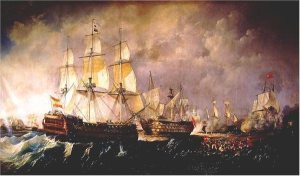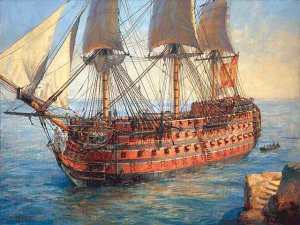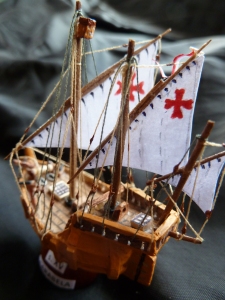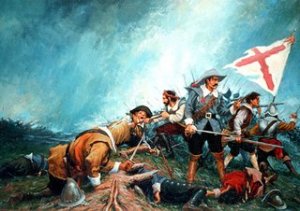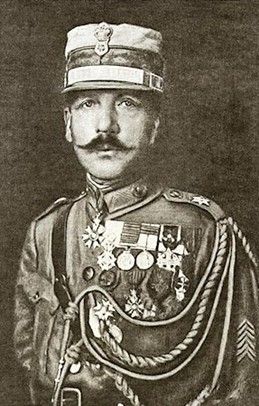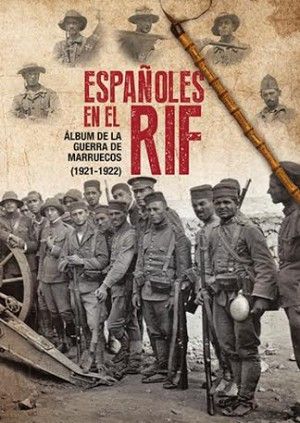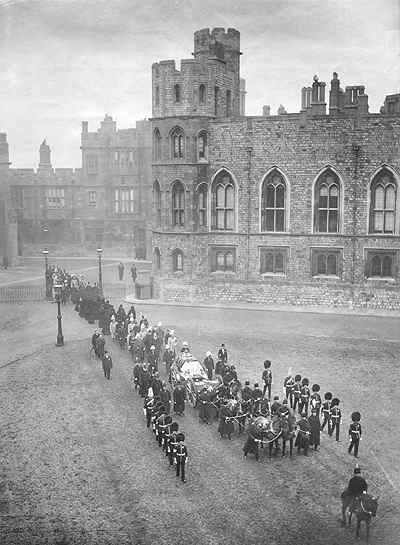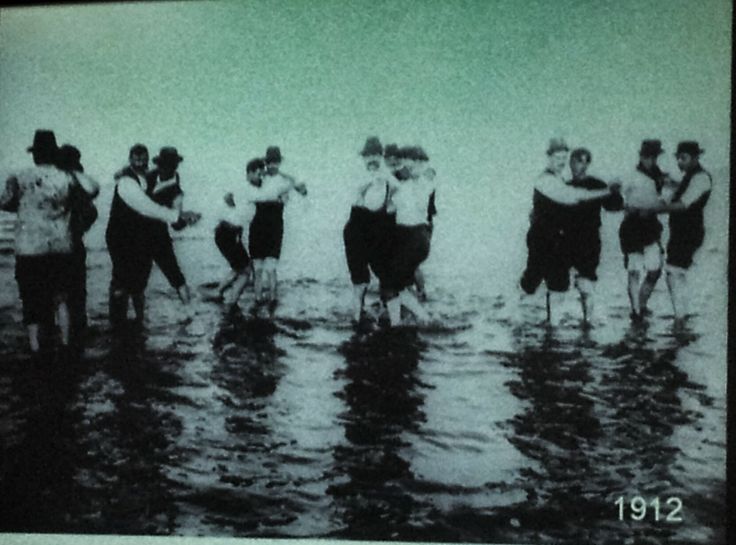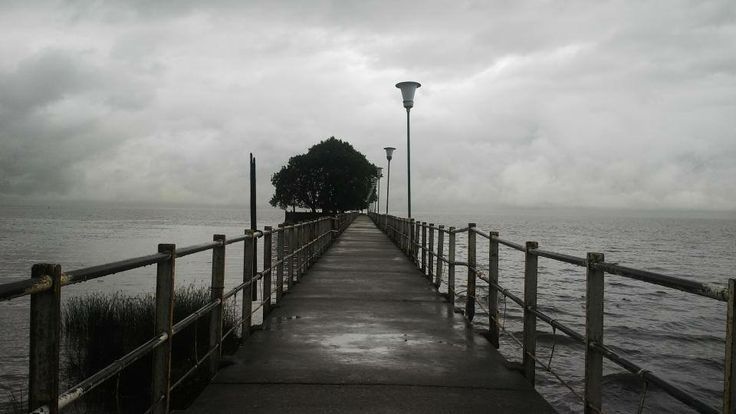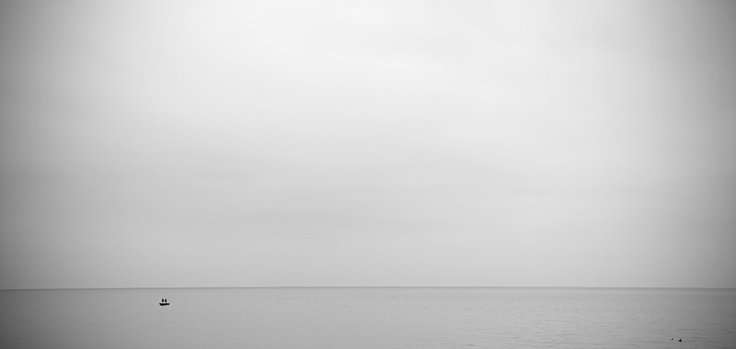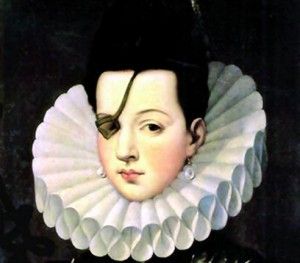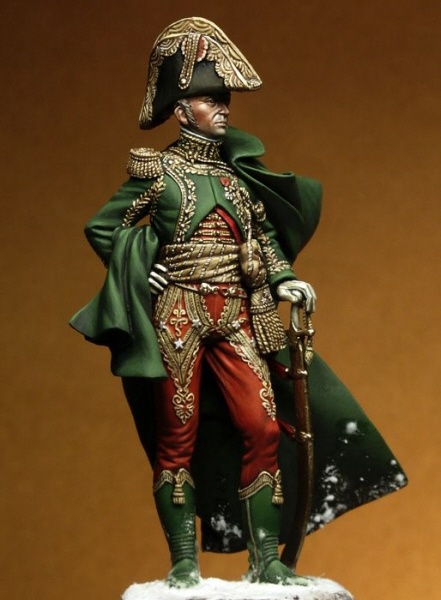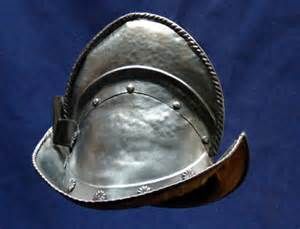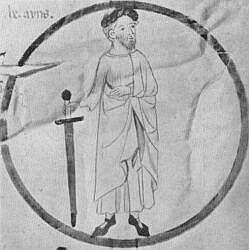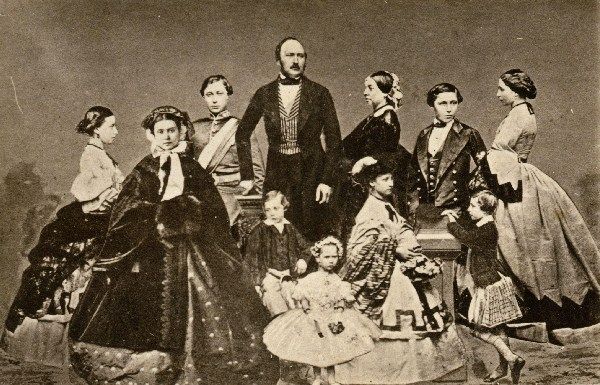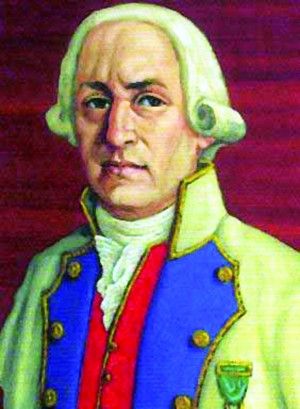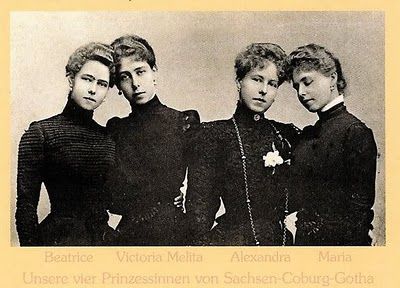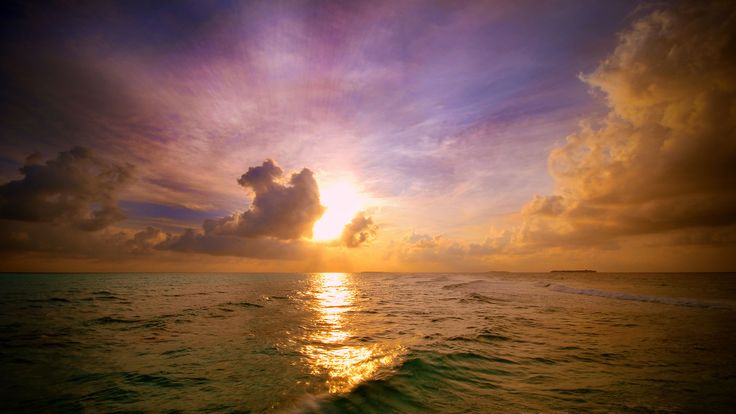| Guerra anglo-española | ||||
|---|---|---|---|---|
 Las delegaciones española e inglesa en la Conferencia deSomerset House. |
||||
| Fecha | 1585 – 1604 | |||
| Lugar | Atlántico, Canal de la Mancha,España, Indias Occidentales,Inglaterra,Irlanda, Países Bajos | |||
| Consecuencias | Tratado de Londres | |||
| Beligerantes | ||||
|
|
||||
| Comandantes | ||||
| [editar datos en Wikidata] | ||||
La guerra anglo-española (1585–1604) fue un conflicto entre los reinos de Inglaterra, gobernada por Isabel I de Inglaterra, y de España, donde reinaba Felipe II. La guerra comenzó con victorias inglesas como la de Cádiz en 1587, y la pérdida de la Armada Invencible en 1588, pero diversas victorias españolas como la de la Contraarmada en 1589, así como la enorme mejora en la escolta de las flotas de Indias y la rápida recuperación de España ante las pérdidas, acabaron por debilitar definitivamente a Inglaterra y desembocaron en la firma de un tratado de paz favorable a España en Londres en 1604.
Índice
[mostrar]
Las causas
Los motivos que llevaron a Felipe II a la guerra fueron económicos, políticos y religiosos:
- Políticamente, el creciente poder de la Monarquía hispánica (que en 1580 había anexado los dominios portugueses, estaba en constante expansión en América, y contaba con el apoyo de los Habsburgo enAlemania y de los príncipes italianos) era considerado por Inglaterra una amenaza para su seguridad. Inglaterra prestaba su apoyo a los principales enemigos de España:
- En los Países Bajos se libraba la guerra de los Ochenta Años, en la que las Provincias Unidas luchaban para conseguir su independencia de la corona española. Aunque desde el comienzo de la guerra hubo presencia militar inglesa junto a las tropas holandesas, en 1585 este apoyo se oficializó con la firma del tratado de Nonsuch, mediante el cual se pactaba una alianza militar anglo-holandesa contra España.
- En Portugal, que había sido anexionado a la corona española en 1580, el pretendiente al trono portugués, Don Antonio, contaba con el favor de Inglaterra.
- En el aspecto religioso las desavenencias entre ambos países venían de los tiempos deEnrique VIII de Inglaterra. El protestantismo inglés se enfrentaba al catolicismo español;Isabel I de Inglaterra había sido excomulgada por el papaPío V en 1570, y Felipe II de España había firmado en 1584 el tratado de Joinville con la Santa Liga de París, a fin de combatir el protestantismo.
- En el aspecto económico, las constantes expediciones de los corsarios ingleses contra los territorios españoles en las Indias y contra la flota del tesoro, que cargada de riquezas alimentaba las finanzas de la metrópoli, suponían para España una amenaza a sus intereses económicos. El pirata sir John Hawkins inició la participación inglesa en eltráfico de esclavos en 1562, ganando enseguida el apoyo real británico. Los ataques de los piratas, como la Batalla de San Juan de Ulúa nunca fueron grandes victorias, pero sí suponían una molestia para Felipe II. España consideraba el tráfico no regulado legalmente con las Indias Occidentales como contrabando ilegal. En la década entre 1560 y 1570 fueron atacadas varias plazas y hundidos o capturados algunos barcos españoles en las Indias.1
La guerra
Inicios
La guerra comenzó en 1585. En octubre de ese año Drake navegó por la costa oeste ibérica, saqueando Vigo y Santiago de Cabo Verde, además de intentar hacer lo mismo en La Palma, donde el asalto no tuvo éxito; cruzó a las Indias Occidentales capturando Santo Domingo yCartagena de Indias, por cuya devolución exigió a las autoridades españolas el pago de un rescate, ySan Agustín (en la Florida). Irritado por estos ataques, Felipe II mandó armar una gran flota con la misión de invadir Inglaterra.
La ejecución de María I de Escocia en febrero de 1587 ultrajó a los católicos de la Europacontinental. Su reivindicación al trono fue heredada por Felipe, que era viudo de María I de Inglaterra. En julio del mismo año, Felipe recibe autorización del PapaSixto V para deponer a Isabel, que ya en 1570 había sido excomulgada por Pío V.
Expedición de Drake a la península ibérica (1587)
En abril de 1587 Drake llevó a cabo una exitosa expedición militar en las costas de la península ibérica: atacó la flota amarrada en la bahía de Cádiz, desembarcó en el Algarve destruyendo varias fortalezas, atacó la flota de Álvaro de Bazán amarrada en Lisboa, y poniendo rumbo a lasislas Azores capturó la carraca portuguesa San Felipe, que procedente de las Indias Orientales llegaba a la península cargada de riquezas. En el transcurso de la expedición la flota inglesa consiguió destruir más de 100 barcos españoles, retrasando los planes españoles de invasión más de un año.
Cuadro de la derrota de la Armada Invencible, por Loutherbourg (1796).
La Armada Invencible (1588)
En agosto de 1588 los planes españoles de invasión de Inglaterra se hicieron efectivos: la Armada Invencible española, dirigida por el duque de Medina-Sidonia atacó a la flota inglesa liderada por Charles Howard en el canal de la Mancha. Las condiciones climatológicas adversas y los enfrentamientos con la flota inglesa provocaron la pérdida de 37 naves españolas de un total de 129 navíos de distintos tipos.
El fracaso de la Armada Invencible permitió a Inglaterra continuar sus ataques piratas a las colonias españolas, a la vez que continuar la ayuda a Holanda y Francia.
La Invencible Inglesa (1589)
En 1589 las fuerzas inglesas bajo el mando de Francis Drake y John Norreys atacaron La Coruña, de donde fueron rechazadas, y siguieron hacia Lisboa, donde fracasaron en su intento de provocar un levantamiento portugués a favor de Don Antonio.
El fracaso de la Contraarmada inglesa, que desplegó más de 150 naves de distintos tipos y perdió más de 40 navíos entre hundimientos y capturas durante el desarrollo de sus operaciones, causó grandes pérdidas financieras en el tesoro isabelino, y permitió a Felipe reconstruir la flota española del Atlántico, que volvió rápidamente a tener supremacía.
Hechos siguientes
Un sistema sofisticado de escolta y de inteligencia frustraron la mayoría de los ataques corsarios a la Flota de Indias a partir de la década de 1590: las expediciones bucaneras deMartin Frobisher y John Hawkins en el comienzo de dicha década fueron derrotadas. Asimismo, el navío Revenge (Venganza) uno de los más importantes de su marina fue apresado cerca de las Azores en 1591, cuando una flota inglesa pretendía capturar la Flota de Indias.
En 1592 el marino Pedro de Zubiaurdispersaba un convoy inglés de 40 buques incendiando la nave capitana y capturando otros tres barcos; al año siguiente en la batalla de Blaye derrotaba a una pequeña flota de seis buques ingleses (hundiendo sus dos unidades principales) y escapaba de una flota aún mayor enviada para capturarle.
Expedición de Drake y Hawkins de 1595–1596
Entre 1595 y 1596, una expedición inglesa contra los asentamientos españoles en el Caribe, comandada por Drake y Hawkins, fue derrotada primero en Las Palmas de Gran Canaria y luego en sucesivos enfrentamientos frente a fuerzas españolas muy inferiores en número en diferentes localizaciones caribeñas. Las defensas españolas se adelantaron a los atacantes, sufriendo los ingleses grandes pérdidas, incluyendo la muerte de ambos marinos.
Últimos episodios de la guerra
En 1595, cuatro barcos españoles comandados por Carlos de Amésquita desembarcaron enCornualles, al oeste de Inglaterra. También huyeron sin problemas de una flota enviada para destruirlos.
En julio de 1596, una expedición anglo-holandesa dirigida por el Robert Devereux, II conde de Essexsaqueó Cádiz, destruyendo la flota española fondeada en la bahía; en octubre de ese mismo año la flota española bajo el mando de Martín de Padilla se desbarató por una tormenta frente a las costas de Galicia cuando se dirigía a Irlanda. Esta armada fue reorganizada y los ingleses no pudieron atacarla por otra tormenta en las costas gallegas; la flota inglesa se dirigió a las Azores donde no consiguió imponerse a la flota española de regreso de las Indias. Una nueva expedición española contra Inglaterra en 1597 fue desbaratada por un temporal en el canal de la Mancha.
Tras la muerte de Felipe II en 1598, su sucesor Felipe III de España proseguiría la guerra contra Inglaterra. En mayo de 1600 se iniciaron conversaciones de paz en Boulogne-sur-Mer, que resultaron fallidas.2
En octubre de 1601Juan del Águila desembarcó al frente de sus tercios en Kinsale, en la costa sur de Irlanda, para apoyar a las fuerzas irlandesas que en aquella época sostenían contra Inglaterra la guerra de los Nueve Años. Las tropas españolas serían derrotadas a comienzos de1602 en la batalla de Kinsale, con la coalición perdiendo 1200 hombres, entre ellos 90 españoles, forzando así su regreso a España y dejando como prioritaria la consecución de sus objetivos en Flandes.
Acuerdos de paz
Tras la muerte de Isabel I en 1603, su sucesor Jacobo I de Inglaterra firmó en 1604 el tratado de Londres con Felipe III, mediante el cual ambos países acordaban el fin de la guerra.
El resultado para España fue mucho más positivo. Fue la principal potencia europea en el siglo XVII, hasta que las derrotas contra Francia en la guerra de los Treinta Años y el ascenso del poderío naval holandés acabaron reduciéndola a una potencia más.
Véa también
Referencias
- Volver arriba↑ Reclamación de España a Inglaterra sobre robos hechos por corsarios ingleses en las Indias (1575).
- Volver arriba↑ The annals of England: an epitome of English history, from contemporary writers, the rolls of Parliament, and other public records, por William Edward Flaherty (1876).
Enlaces externos
______________________________________________________________
The Anglo–Spanish War (1585–1604) was an intermittent conflict between the kingdoms ofSpain and England that was never formally declared.[citation needed] The war was punctuated by widely separated battles, and began with England’s military expedition in 1585 to theNetherlands under the command of the Earl of Leicester in support of the resistance of theStates General to Habsburg rule.
The English enjoyed major victories at Cádiz in 1587, and over the Spanish Armada in 1588, but gradually lost the initiative after the severe defeats of the English Armada in 1589 and theDrake–Hawkins andEssex–Raleigh expeditions in 1595 and 1597 respectively. Two further Spanish armadas were sent in 1596 and 1597 but were frustrated in their objectives because of adverse weather.
The war became deadlocked around the turn of the 17th century during campaigns in Brittanyand Ireland. It was brought to an end with the Treaty of London, negotiated in 1604 between representatives of the new king of Spain, Philip III, and the new king of England, James I. England and Spain agreed to cease their military interventions in the Spanish Netherlands and Ireland, respectively, and the English ended high seas privateering.
Causes
In the 1520s, Philip II of Spain was faced with increasing religious disturbances asProtestantism gained adherents in his domains in the Low Countries. As a defender of theCatholic Church, he sought to suppress the rising Protestant heresy in his territories, which eventually exploded into open rebellion in 1566. Meanwhile, relations with the regime ofElizabeth I of England continued to deteriorate, following her restoration of royal supremacy over the Church of England through the Act of Supremacy in 1559; first instituted by her father Henry VIII and rescinded by her sister Mary I. The Act was considered by Catholics as an usurpation of papal authority. Calls by leading English Protestants to support the Protestant Dutch rebels against Philip increased tensions further as did the Catholic-Protestant disturbances in France, which saw both sides supporting the opposing French factions.
Complicating matters were commercial disputes. The activities of English sailors, begun by SirJohn Hawkins in 1562, gained the tacit support of Elizabeth, even though the Spanish government complained that Hawkins’s trade with their colonies in the West Indiesconstituted smuggling. In September 1568, a slaving expedition led by Hawkins and SirFrancis Drake was surprised by the Spanish, and several ships were captured or sunk at theBattle of San Juan de Ulúa near Veracruz, Mexico. This engagement soured Anglo-Spanish relations and in the following year the English detained several treasure ships sent by the Spanish to supply their army in the Netherlands. Drake and Hawkins intensified theirprivateering as a way to break the Spanish monopoly on Atlantic trade.
English support was provided to Prior of Crato in his struggle with Philip II for the Portuguese throne. Philip began to support the Catholic rebellion in Ireland against Elizabeth’s religious reforms.
In 1584, Philip signed the Treaty of Joinville with the Catholic League of France to stop the rise of Protestantism in France. In 1585, Elizabeth signed the Treaty of Nonsuch with the Dutch rebels, agreeing to provide them with men, horses, and subsidies. Philip took this to be an open declaration of war against his rule in the Netherlands.
Outbreak
The Anglo-Spanish War broke out in 1585. In August, England joined the Eighty Years’ War on the side of the Dutch Protestant United Provinces, who had declared their independence from Spain. Drake sailed for the West Indies and sacked Santo Domingo, captured Cartagena de Indias, and St. Augustine in Florida. Early in October the English landed in Galicia and sackedVigo and Baiona.
Philip II planned an invasion of England, but in April 1587 his preparations suffered a setback when Drake burned 37 Spanish ships in harbour at Cádiz. In the same year, the execution ofMary, Queen of Scots on 8 February outraged Catholics in Europe, and her claim on the English throne passed (by her own deed of will) to Philip. On 29 July, he obtained Papal authority to overthrow Elizabeth, who had been excommunicated by Pope Pius V, and place whomever he chose on the throne of England.
Invasion
Spanish Armada
In retaliation for the execution of Mary, Philip vowed to invade England to place a Catholic monarch on its throne. He assembled a fleet of about 130 ships, containing 8,000 soldiers and 18,000 sailors. To finance this endeavour, Pope Sixtus V had permitted Philip to collect crusade taxes. Sixtus had promised a further subsidy to the Spanish should they reach English soil.[2]
On 28 May 1588, the Armada set sail for the Netherlands, where it was to pick up additional troops for the invasion of England. However, the English navy inflicted a defeat on the Armada in the Battle of Gravelinesbefore this could be accomplished, and forced the Armada to sail northward. It sailed around Scotland, where it suffered severe damage and loss of life from stormy weather.
The defeat of the Armada revolutionised naval warfare and provided valuable seafaring experience for English oceanic mariners. While the English were able to persist in their privateering against the Spanish and continue sending troops to assist Philip II’s enemies in the Netherlands and France, these efforts brought few tangible rewards.[3] One of the most important effects of the event was that the Armada’s failure was seen as a “sign” that God supported the Protestant Reformation in England. One of the medals struck to celebrate the English victory bore the Latin inscription Flavit Jehovah et Dissipati Sunt (He blew with His winds, and they were scattered.)
English Armada
Sculpture of Maria Pitaat Coruna
An “English Armada” under the command of Sir Francis Drake and Sir John Norreys was dispatched in 1589 to torch the Spanish Atlantic navy, which was refitting in Santander,Corunna and San Sebastián in northern Spain. It was also intended to capture the incomingSpanish treasure fleet and expel the Spanish from Portugal – ruled by Philip since 1580 – in favour of the Prior of Crato. The English Armada was arguably misconceived and ended overall in failure. Had the expedition succeeded in its objectives, Spain might have been compelled to sue for peace. Some merchant ships were captured at Corunna but when the English force, while waiting for a fair wind, pressed its attack on the citadel, they were repulsed and a number of English ships were captured by Spanish naval forces. Owing to poor organisation and lack of co-ordination with the Portuguese and Spanish reinforcements, the invading force also failed to take Lisbon. Sickness then struck the expedition, and finally a portion of the fleet led by Drake towards the Azores was scattered in a storm. In the end, Elizabeth sustained a severe loss to her treasury.
Later war
In this period of respite, the Spanish were able to refit and retool their navy, partly along English lines. The pride of the fleet were named The Twelve Apostles – twelve massive newgalleons – and the navy proved itself to be far more effective than it had been before 1588. A sophisticated convoy system and improved intelligence networks frustrated and broke up the English privateering on the Spanish treasure fleet during the 1590s. This was best demonstrated in the failures of expeditions by Sir Martin Frobisher, John Hawkins and theEarl of Cumberland in the early part of the decade, as well as in the repulse of the squadron that was led by Effingham in 1591 near the Azores, who had intended to ambush the treasure fleet. It was in this battle that the Spanish captured the English flagship, the Revenge, after a stubborn resistance by its captain, Sir Richard Grenville. Throughout the 1590s, enormous convoy escorts enabled the Spanish to ship three times as much silver as in the previous decade.
In 1590, the Spanish landed a considerable force in Brittany to assist the French Catholic League, expelling the English and Huguenot forces from the area. However, Protestant Anglo-French forces retained Brest.
Both Drake and Hawkins died of disease during the disastrous 1595–96 expedition againstPuerto Rico, Panama, and other targets in the Spanish Main, a severe setback in which the English suffered heavy losses in soldiers and ships. In 1595, a Spanish force, under Don Carlos de Amesquita, raided Penzance and several surrounding villages.
In 1596 an Anglo-Dutch expedition under Elizabeth’s young favourite, the Earl of Essex, sacked Cadiz, causing significant loss to the Spanish fleet, leaving the city in ruins and delaying a projected descent on England. The allies were unable to capture the treasure, as the Spanish commander had been allowed[who?] he opportunity to torch the treasure ships in port, sending the treasure to the bottom of the harbour, from where it was later recovered. Despite its failure to capture the treasure fleet, the sack of Cadiz was celebrated as a national triumph comparable to the victory over the Spanish Armada, and for a time Essex’s prestige rivalled Elizabeth’s own.[4] .(..) SIGUE…
Fuente:

